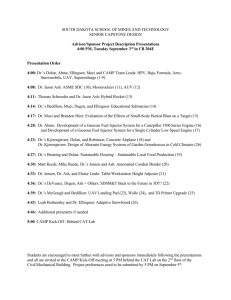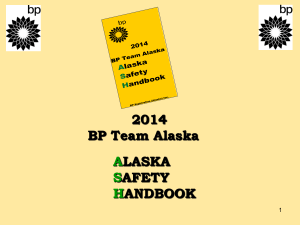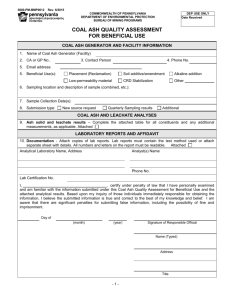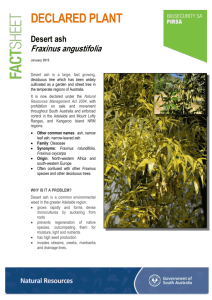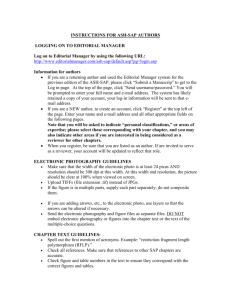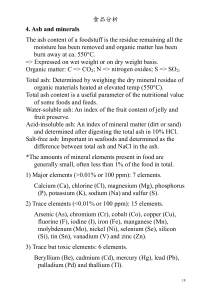In flour production, ash is the amount of existing minerals present in
advertisement
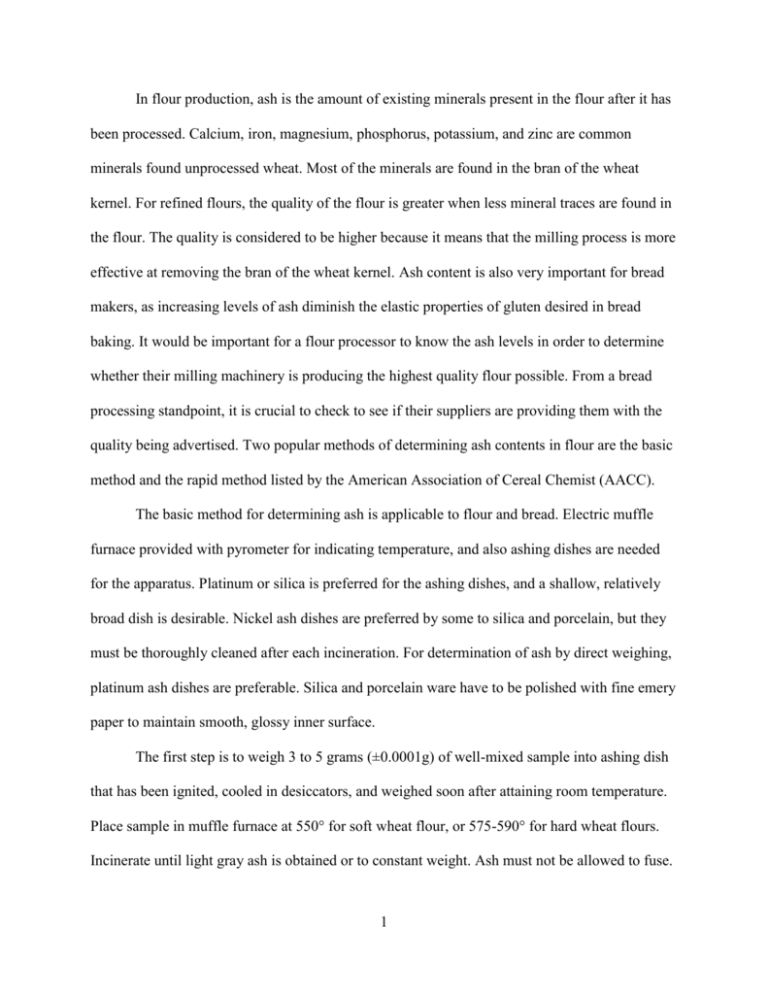
In flour production, ash is the amount of existing minerals present in the flour after it has been processed. Calcium, iron, magnesium, phosphorus, potassium, and zinc are common minerals found unprocessed wheat. Most of the minerals are found in the bran of the wheat kernel. For refined flours, the quality of the flour is greater when less mineral traces are found in the flour. The quality is considered to be higher because it means that the milling process is more effective at removing the bran of the wheat kernel. Ash content is also very important for bread makers, as increasing levels of ash diminish the elastic properties of gluten desired in bread baking. It would be important for a flour processor to know the ash levels in order to determine whether their milling machinery is producing the highest quality flour possible. From a bread processing standpoint, it is crucial to check to see if their suppliers are providing them with the quality being advertised. Two popular methods of determining ash contents in flour are the basic method and the rapid method listed by the American Association of Cereal Chemist (AACC). The basic method for determining ash is applicable to flour and bread. Electric muffle furnace provided with pyrometer for indicating temperature, and also ashing dishes are needed for the apparatus. Platinum or silica is preferred for the ashing dishes, and a shallow, relatively broad dish is desirable. Nickel ash dishes are preferred by some to silica and porcelain, but they must be thoroughly cleaned after each incineration. For determination of ash by direct weighing, platinum ash dishes are preferable. Silica and porcelain ware have to be polished with fine emery paper to maintain smooth, glossy inner surface. The first step is to weigh 3 to 5 grams (±0.0001g) of well-mixed sample into ashing dish that has been ignited, cooled in desiccators, and weighed soon after attaining room temperature. Place sample in muffle furnace at 550° for soft wheat flour, or 575-590° for hard wheat flours. Incinerate until light gray ash is obtained or to constant weight. Ash must not be allowed to fuse. 1 Cool in desiccators and weigh soon after room temperature is attained. If desired, ash may be transferred to small counterpoised watch-glass and weighed directly. To transfer ash, invert dish; usually ash will be transferred completely to watch-glass by this procedure, but if not, it usually can be removed with point of spatula. To determine the data for the basic method, percent ash can be calculated by: %Ash = 𝑤𝑒𝑖𝑔ℎ𝑡 𝑜𝑓 𝑟𝑒𝑠𝑖𝑑𝑢𝑒 𝑠𝑎𝑚𝑝𝑙𝑒 𝑤𝑒𝑖𝑔ℎ𝑡 × 100 The rapid method for determining ash is done with the use of magnesium acetate. This method is applicable to flour only. Electric muffle furnace provided with pyrometer for indicating temperature, and also ashing dish are needed for the apparatus. For the ashing dish, flat platinum or gold alloy is preferred. The reagent used in this method is alcohol magnesium acetate solution, which is made by dissolving 4.054 grams of Mg(C2H3O2)2.4H2O in 50 milliliters of water and dilute to 1 liter with alcohol. To start, weigh 3 grams (±0.01 grams) of flour sample into pre-ignited, tared ashing dish and add accurately measured 5 milliliters portion of alcohol magnesium acetate solution in such a manner that it will spread evenly over surface and wet all the flour. After 5 minutes, place dish and contents in muffle furnace at 700° and let flame until carbonized. Close muffle furnace door and let dish and contents remain until incineration is complete for about 30 to 45 minutes. Remove dish and cool in desiccators. As soon as it is cool, weigh the dish. The blank determination may be determined by evaporating and igniting a 5 milliliters portion of magnesium acetate solution. The blank should range from 0.0085 to 0.0090 grams. To determine the data from the rapid method, percent ash can be calculated by: %Ash = 𝑤𝑒𝑖𝑔ℎ𝑡 𝑜𝑓 𝑎𝑠ℎ−𝑤𝑒𝑖𝑔ℎ𝑡 𝑏𝑙𝑎𝑛𝑘 𝑠𝑎𝑚𝑝𝑙𝑒 𝑤𝑒𝑖𝑔ℎ𝑡 2 × 100 The preparation for the basic method is simpler than the rapid method, because basic method does not need to use any reagents. For the rapid method, the alcohol magnesium acetate solution has to be made first before the next step can be done. However, preparing the sample for the basic method takes a longer time than the rapid method. In the basic method, the ashing dish needs to be ignited first, and then cooled in the desiccator until room temperature. Meanwhile, for the rapid method, the ashing dish only needs to be pre-ignited. In determining the data for both methods, the sample, including dish only needs to be weighed after cooling it in the desiccator. Grams of samples left will be obtained from this weighing. After getting the amount of samples left, then calculate it to get the amount of the percent ash. For basic method, divide the weight of residue by the sample weight, and then multiply it by 100. For rapid method, a blank determination is needed to calculate the amount of percent ash. After determining the blank, subtract it by the weight of ash, then divide it by the sample weight and multiply by 100. From an economic point of view, the rapid method in determining ash in flour is less expensive than the basic method. When comparing both of the methods, the rapid method requires alcohol magnesium acetate ( Mg(C2H3O2).4H2O ) solution as a reagent which can add the cost, where basic method does not. The cost of the Mg(C2H3O2).4H2O from American Elements is $250 per 1000 grams. For the rapid method, we need 4 grams of the Mg(C2H3O2).4H2O which cost $1. The Mg(C2H3O2).4H2O then dissolve in 50 mL of water and 1L alcohol. The alcohol might cost $8-$12 per liter. However, the basic method requires a much greater time in the electric muffle furnace in comparison to rapid method. This fact constitutes to a higher cost because of high electricity cost. Since this method requires longer time to perform, 3 it will be more labor intensive. From these analyses, we concluded that rapid method is less expensive than basic method. The sensitivity and precision of these two methods are similar, since they both use the same apparatus. The analytical balance to weigh the flour will be an important factor in determining the sensitivity and precision of these methods. In comparing the accuracy of these methods, we decided that rapid method is more accurate than basic method. We came into this conclusion because basic method requires more time, which leads to higher loss of volatile materials. Even though alcohol magnesium acetate solution is added to the flour in the rapid method which can interfere the accuracy, the calculation is adjusted by burning an equal amount of alcohol magnesium acetate and subtracted from the total. The time required to complete rapid method is one to two hours, whereas the basic method requires twelve to twenty four hours until the product cools down. The time factor could be a crucial decision point depending on the need of the organization. In terms of safety, basic method is safer because there is no reagent involved in the process. It is important for the quality assurance manager to know and understand the key differences between the two different tests. Quality assurance managers must make decisions to improve the efficiency and effectiveness of current process while maintaining the highest possible quality. Knowing the differences in cost, accuracy, precision, and time can help facilitate the decision process. The quality assurance manager must decide to implement a method depending on the resources allocated to the department, importance of use, and the desired accuracy of the method. It may be acceptable to use a less precise method if the process 4 does not require a certain level of precision. Knowing where to research and compare different standard methods is a very important part of being a quality assurance manager. 5

